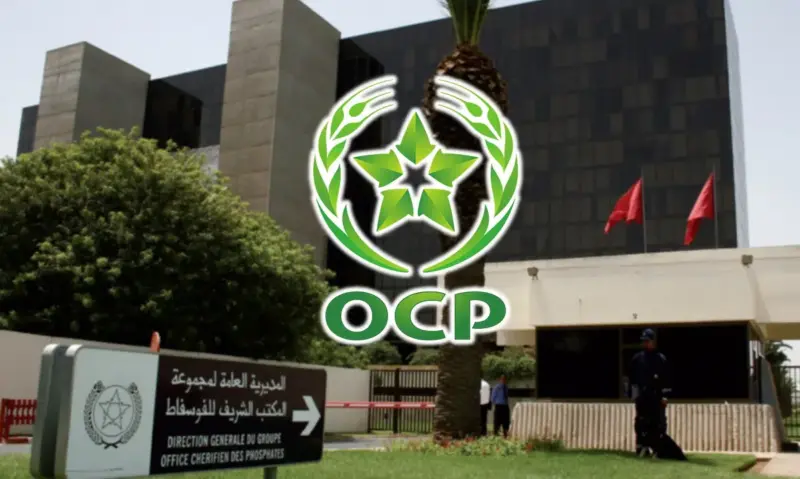The global market for phosphates intended for animal feed is expected to exceed $3.5 billion by 2030, according to the firm MarketsandMarkets. This sustained growth, estimated at 6% per year, is driven by the rise in global consumption of animal proteins, particularly in the poultry, cattle, and pig sectors.
Essential for metabolism, immunity, and bone strength in animals, food phosphates play a central role in optimizing livestock performance. Their use is becoming widespread in a context of increased pressures on global production, amid health requirements, the search for profitability, and the transition to more sustainable agriculture.
Powder forms, particularly those based on dicalcium phosphate (DCP) or monocalcium phosphate (MCP), are emerging as a vector of innovation for a homogeneous formulation that is easily assimilated by animals. In terms of species, the pig segment remains significant despite a slight global decline in 2024, linked to geopolitical and health tensions in certain regions.
North America dominates regional dynamics, thanks to the advanced structuring of its agri-food sectors and a strong culture of intensive farming. However, environmental management is becoming a central criterion: industries are now seeking products with high bioavailability and sourced from sustainable supply chains.
Among the market leaders, the Moroccan group OCP occupies a strategic position alongside Mosaic, Nutrien, Yara, and other major players spread across North America, Europe, Asia, and the Maghreb. These companies focus on innovation for more efficient, traceable, and environmentally friendly animal nutrition.
With Barlamane.


